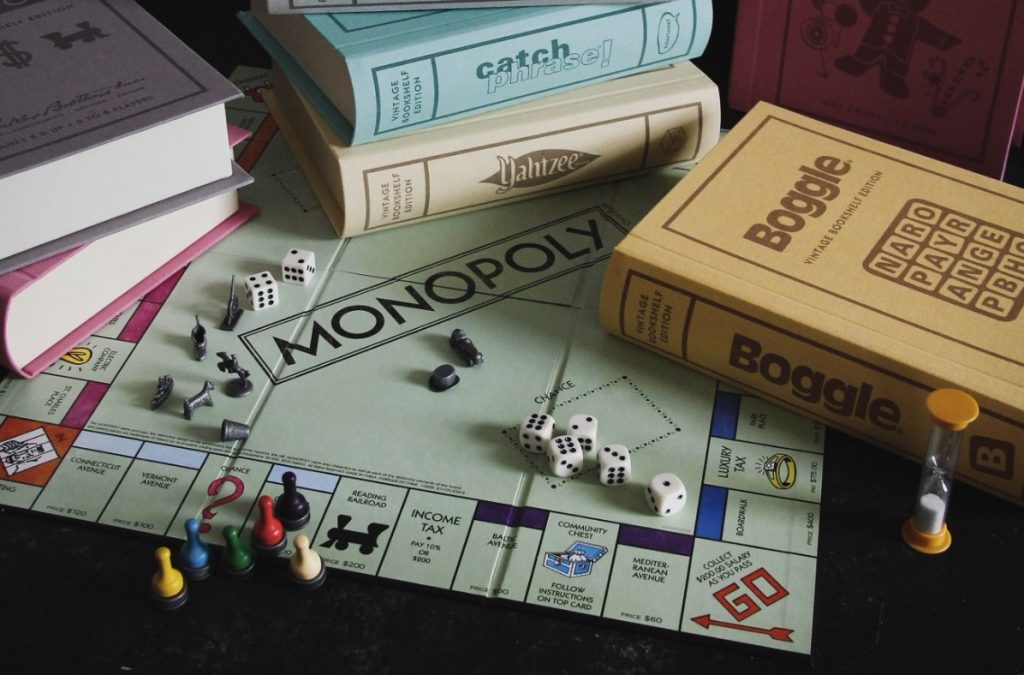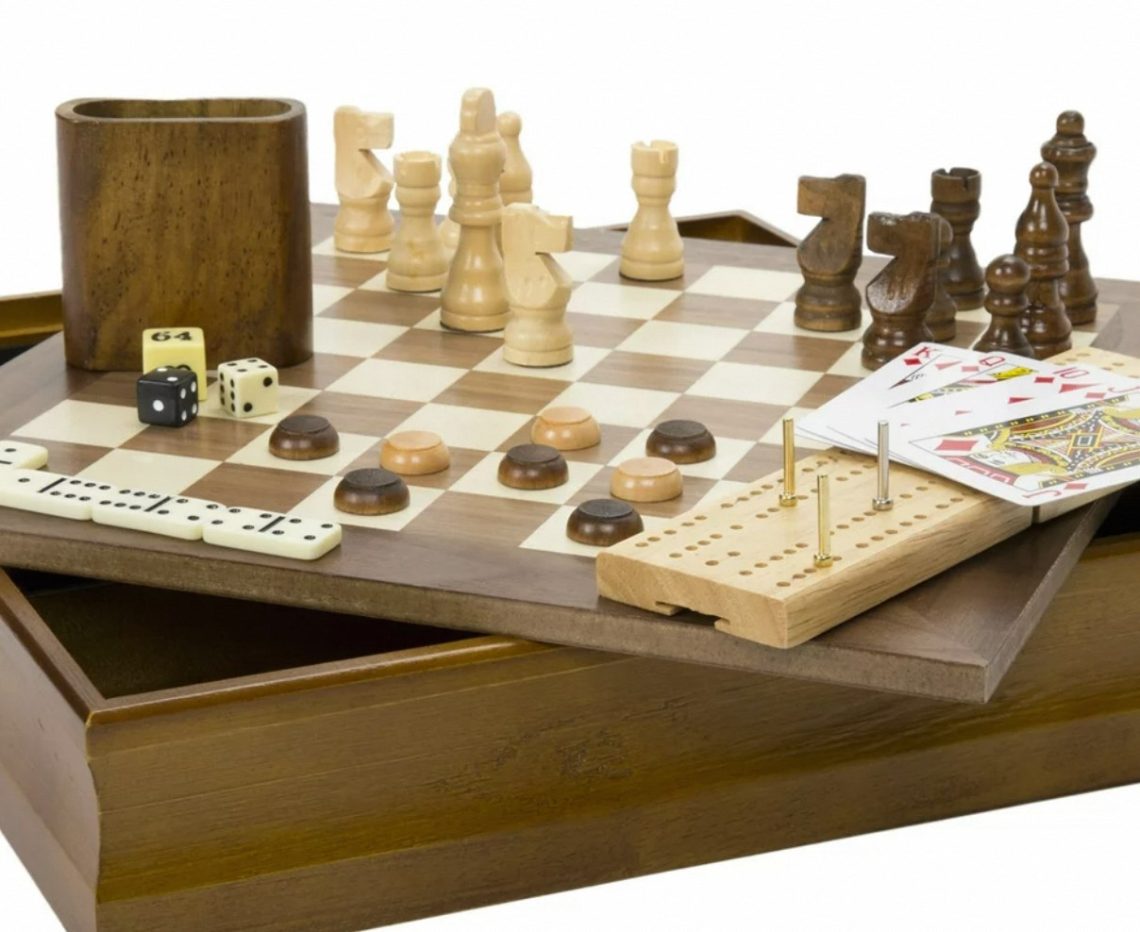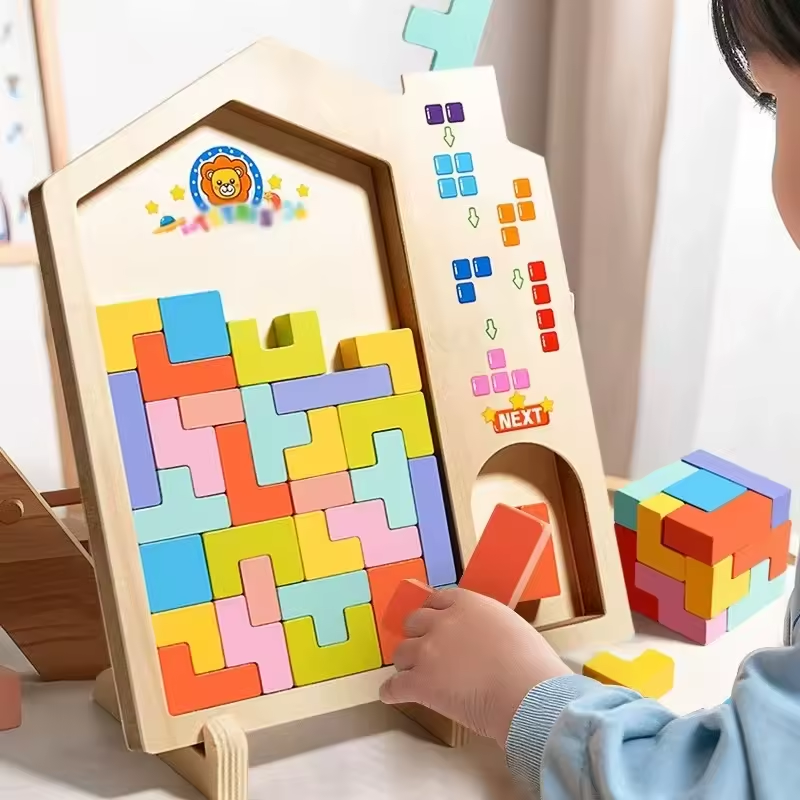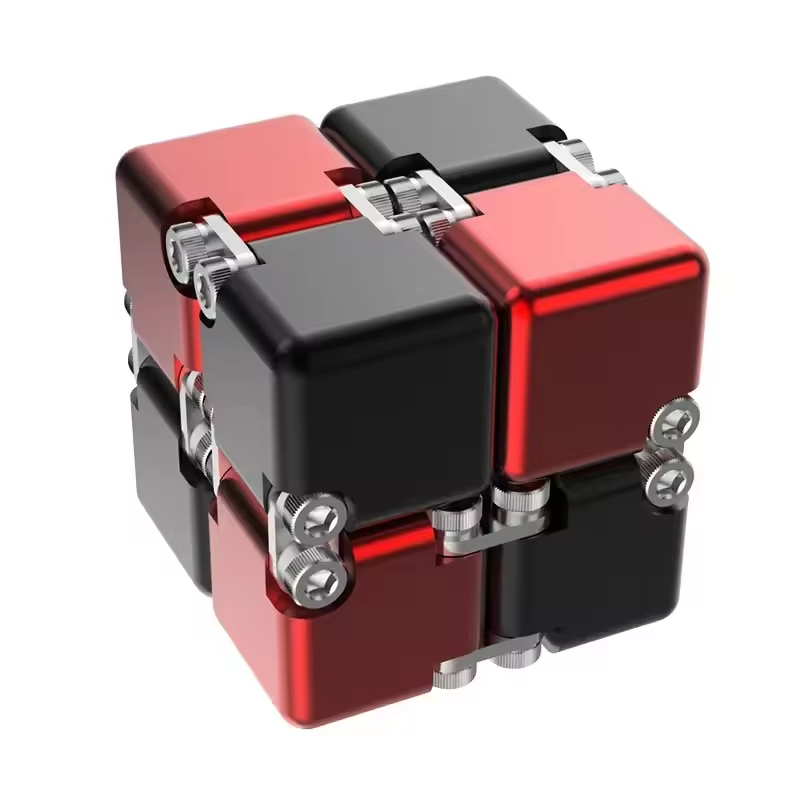For many board game enthusiasts, the dream is to have a dedicated space to gather with friends and family for epic game nights. A custom-built board game table elevates the experience beyond simply playing on the kitchen table. It becomes a centerpiece, a celebration of the hobby, and a testament to your creativity. If you’re ready to embark on this exciting DIY project, here’s a comprehensive guide to get you started.
Part 1: Planning and Design

Define Your Needs and Preferences:
Before you begin any DIY board game table project, it’s important to carefully consider your specific gaming needs. Take a moment to envision the typical usage of the table; how many players will be using it, and what types of games will be played most frequently? Additionally, think about whether you require any storage solutions for game components or accessories. Understanding these crucial factors will help you determine the ideal size, functionality, and features for your custom gaming table. By taking the time to evaluate your requirements and preferences, you can ensure that the DIY project you undertake will result in a board game table that perfectly suits your gaming needs and enhances your overall gaming experience. So, before you delve into constructing the table, pause and reflect on these considerations to create the ultimate gaming setup tailored to your unique gaming habits.
Explore Design Ideas and Inspiration:
In addition to considering your needs and usage, it’s also essential to do some thorough research before beginning your DIY board game table project. Take the time to explore existing board game table designs available online or in woodworking magazines—this can provide valuable inspiration and insights. Look for designs that resonate with your personal style and functionality requirements. Pay attention to features such as recessed playing surfaces, cup holders, storage compartments, or built-in player cubbies that may enhance your gaming experience. By taking a cue from these existing designs, you can better understand what elements are essential for your custom gaming table.

It can also be helpful to sketch out some initial ideas or create a mood board to visualize your ideal table. This process can help in identifying the specific design elements that you find most appealing and that may be beneficial for your gaming sessions. By thoroughly researching and gathering ideas, you can ensure that your DIY board game table project is well-informed and aligned with your vision for the ultimate gaming experience.
Part 2: Tools, Materials, and Budget
Gather the Necessary Tools:
The tools you’ll need for your DIY board game table project will depend largely on the complexity of your chosen design. For basic woodworking tasks, essential tools such as a circular saw, drill, sander, and clamps are necessary. These will allow you to make straight cuts, drill holes, smooth surfaces, and secure pieces together. However, if your design calls for more intricate cuts, shaping, or joinery, you may require additional equipment such as a router for creating decorative edges or joints, or a jigsaw for curved or intricate cuts. Moreover, having a good-quality measuring tape, level, and square is crucial for ensuring accuracy and precision throughout the construction process. Before you begin, carefully assess your chosen design and create a comprehensive list of the required tools and materials. By doing so, you can ensure that you’re adequately equipped to tackle the specific demands of your DIY board game table project.
Selecting Materials:
The choice of materials significantly impacts aesthetics, durability, and cost. Plywood is a popular budget-friendly option for the table base and frame. Solid wood offers a more premium look and feel, but comes at a higher price point. Consider using laminate or vinyl for the playing surface for increased durability and ease of cleaning.

Part 3: Building Your Table
Construction Steps:
Break down the construction process into manageable steps. Typically, you’ll build the table base and frame first, followed by the playing surface and any additional features like cup holders or drawers. It’s crucial to follow proper woodworking techniques for secure and stable construction. If you’re a beginner, consider simpler designs or seek guidance from experienced woodworkers.
Finishing Touches:
After completing the construction phase of your DIY board game table project, it’s crucial to focus on the finishing touches. Begin by thoroughly sanding the entire table to achieve a smooth and even surface, removing any rough spots or imperfections. Following that, consider applying a stain or paint to match your desired aesthetic – this is an excellent opportunity to infuse your personal style into the finished product. Once the color application is complete, don’t forget to add a clear coat for extra protection, providing durability and ensuring the table’s longevity.
In addition to the surface treatment, it’s also the perfect time to install any additional components that you may have planned, such as cup holders, player cubbies, or drawer pulls. These final details not only add functionality but can also contribute to enhancing the overall appearance and usability of your board game table. By paying attention to these finishing touches, you’ll be able to create a truly personalized gaming experience that reflects both your gaming needs and aesthetic preferences.

Part 4: Additional Considerations
Customization and Theme Integration:
The beauty of DIY is the ability to personalize your table. Incorporate thematic elements that reflect your favorite games or create a unique board game atmosphere. This could involve engraving the table surface with a game board design, adding themed lighting, or using custom cup holders shaped like game pieces.
Comfort and Functionality:
Beyond aesthetics, prioritize comfort and functionality. Ensure the table height is appropriate for chairs and allows for comfortable gameplay. Consider features like built-in storage for game components or a removable playing surface for easy cleaning and storage.

Building your own board game table is a rewarding experience that allows you to create a personalized space for game nights. By carefully planning your design, selecting the right materials, and following proper construction techniques, you can transform your vision into a functional and beautiful centerpiece for years of gaming enjoyment. Remember, the process should be fun and reflect your passion for the hobby. So, grab your tools, unleash your creativity, and get ready to craft the ultimate board game haven!




